EIRSAT-1, a student-led gamma-ray astronomy cubesat, is due to launch atop a SpaceX Falcon 9 rocket at the end of November.
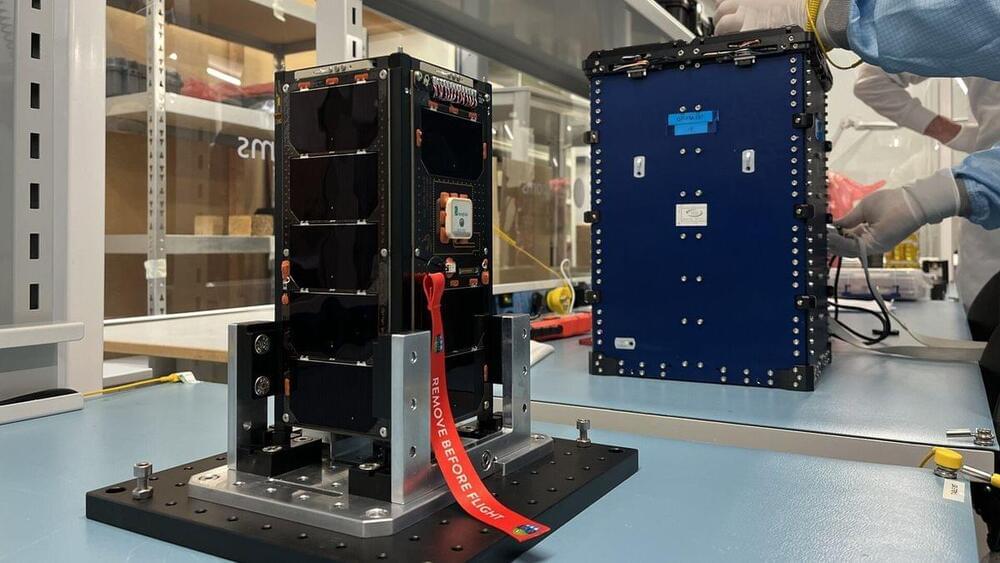


Provocative Silicon Valley artist Agnieszka Pilat has strong beliefs regarding the intermingling of art, religion and technology, something that keeps her fertile muse alert amid multiple presentations, exhibitions and appearances at global events such as the recent TED AI 2023 conference in San Francisco.
The Polish-born Pilat’s current SpaceX Artist-in-Residence program at the aerospace firm’s Hawthorne, California facility will likely run through 2024 and comes right before a December exhibition at the National Gallery of Victoria’s Triennial in Australia. There, for three months, her black-and-yellow Boston Dynamics robodogs will be creating autonomous artwork via a series of pre-programmed instructions.
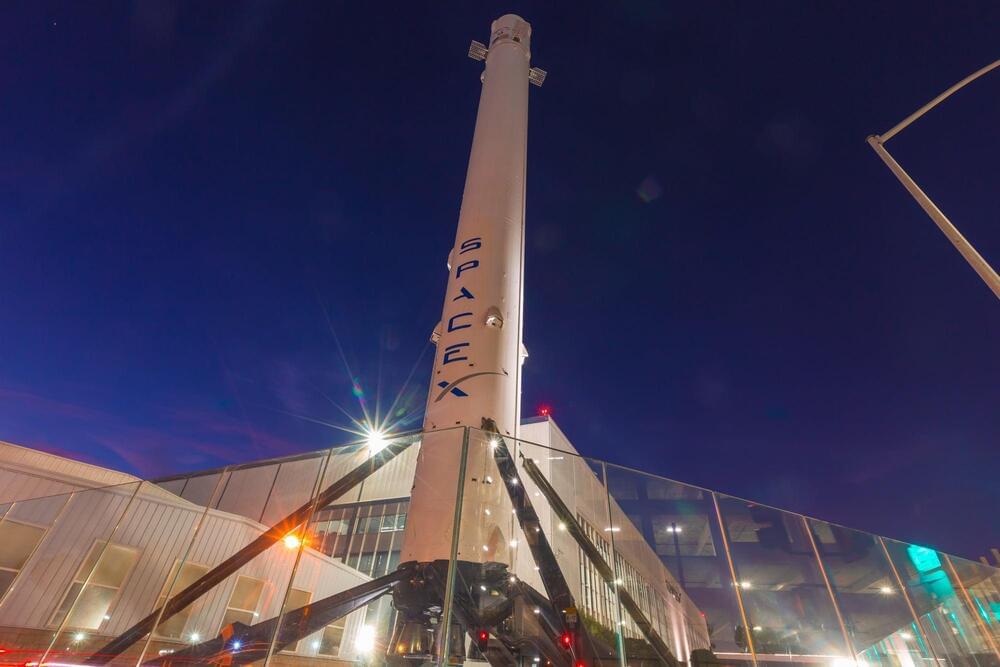
Space Force and SpaceX announced that they’ve reached a deal for a brand-new military capability: Starshield. Is it a new laser defense shield against nuclear missiles? An Ultron for our time to destroy alien armadas? Or Starlink, but with new branding and (probably) a new fleet of satellites?
Yup, the last one. But with how clutch Starlink is in Ukraine, a military-controlled version of the network could change operations there. And it would dramatically improve U.S. and allied military communications in future conflicts. Now, the American military will lead military space-based communications with the start of Starshield. But expect allies to clamor aboard and other nations to try developing rival platforms.
Space Force has one of the most descriptive, succinct names in the modern military, but it appears to be even worse at naming its programs than the other branches. Still, its Proliferated Low Earth Orbit Program, or “PLEOP,” for acronym addicts who want to hear the sound of a dump every time they discuss the program, is promising.
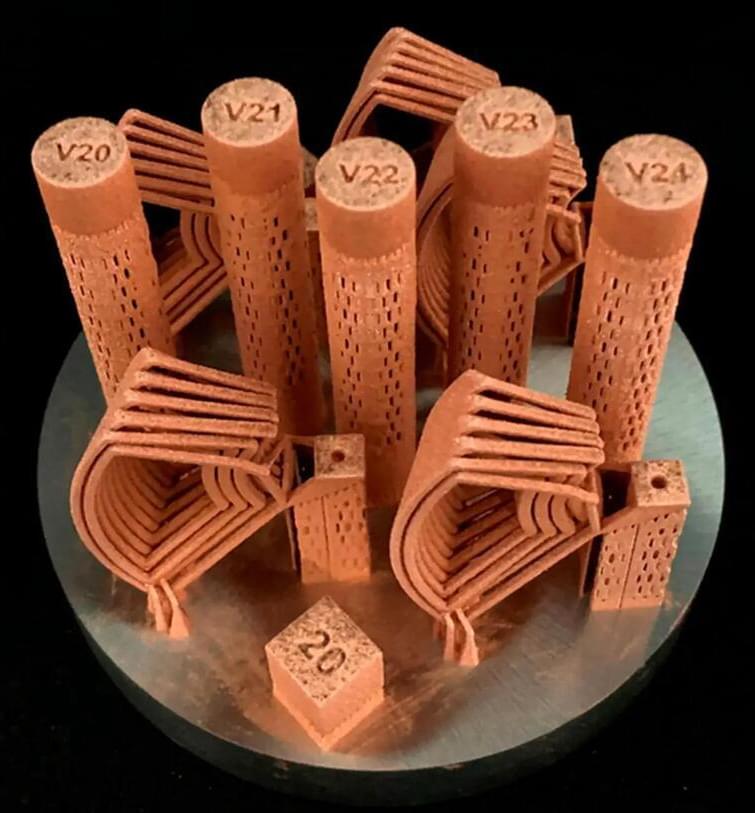
The European Space Agency.
The European Space Agency (ESA) is an intergovernmental organization dedicated to the exploration and study of space. ESA was established in 1975 and has 22 member states, with its headquarters located in Paris, France. ESA is responsible for the development and coordination of Europe’s space activities, including the design, construction, and launch of spacecraft and satellites for scientific research and Earth observation. Some of ESA’s flagship missions have included the Rosetta mission to study a comet, the Gaia mission to create a 3D map of the Milky Way, and the ExoMars mission to search for evidence of past or present life on Mars.
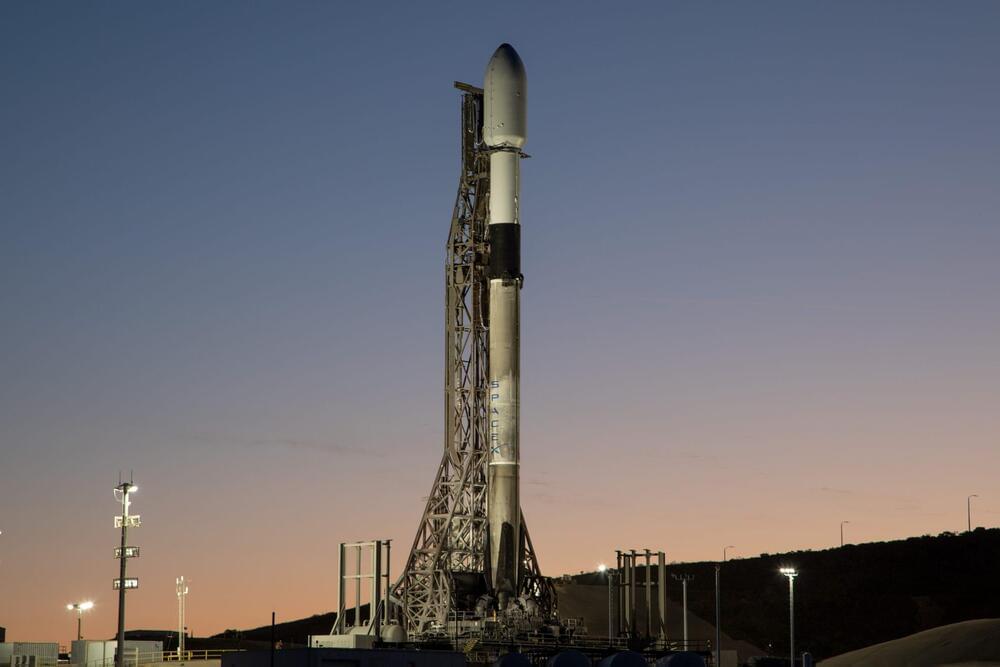
SAN FRANCISCO – The Space Development Agency awarded SpaceRake, a Cambridge, Massachusetts startup, $1.8 million to develop miniature laser communications terminals.
It was the first government contract for SpaceRake, a firm founded in 2021 by Kerri Cahoy, the Massachusetts Institute of Technology Space Telecommunications, Astronomy and Radiation Laboratory director with a Ph.D. in electrical engineering, and Jeremy Wertheimer, former Google vice president engineering with a Ph.D. in artificial intelligence.
Under the two-year direct-to-Phase 2 Small Business Innovation Research award announced Nov. 1, SpaceRake will develop terminals to enable satellites as small as cubesats to transfer data through laser links with the Transport Layer, a global communications network in low Earth orbit being established by SDA, a U.S. Space Force organization.

The researchers built a dynamic data acquisition platform to capture human arm motion during assembly tasks.
A team of researchers from the Beijing Institute of Technology has developed a new method to control robots that can assemble satellites in space. The technique is inspired by the human arm, which can adjust its damping to perform different tasks with precision and stability. The researchers published their findings in Cyborg and Bionic Systems.
Space operations with robots and challenges
Space operations require robots to interact with objects in complex and dynamic environments. However, traditional robot control methods have limitations in adapting to diverse and uncertain situations and are prone to vibration, which can cause assembly failure. To overcome these challenges, the researchers proposed a human-like variable admittance control method based on the variable damping characteristics of the human arm.

High Microsatellite Instability is an emerging biomarker for immune-oncology that can be predictive of positive response to immunotherapy.
Tumors with defects in the expression of functional MMR (dMMR) proteins often have somatic mutations that produce novel or “foreign” proteins. These proteins can be immunogenic. As a result, these tumors are effective at priming an immune response and subsequently susceptible to immunotherapies. Because MSI can be the first evidence of an MMR deficiency, MSI-H status is predicative of a positive response to immunotherapies such as immune checkpoint blockade inhibitors.

Acoustic resonators, found in devices like smartphones and Wi-Fi systems, degrade over time with no easy way to monitor this degradation. Researchers from Harvard SEAS and Purdue University have now developed a method using atomic vacancies in silicon carbide to measure the stability of these resonators and even manipulate quantum states, potentially benefiting accelerometers, gyroscopes, clocks, and quantum networking.
Acoustic resonators are everywhere. In fact, there is a good chance you’re holding one in your hand right now. Most smartphones today use bulk acoustic resonators as radio frequency filters to filter out noise that could degrade a signal. These filters are also used in most Wi-Fi and GPS
GPS, or Global Positioning System, is a satellite-based navigation system that provides location and time information anywhere on or near the Earth’s surface. It consists of a network of satellites, ground control stations, and GPS receivers, which are found in a variety of devices such as smartphones, cars, and aircraft. GPS is used for a wide range of applications including navigation, mapping, tracking, and timing, and has an accuracy of about 3 meters (10 feet) in most conditions.
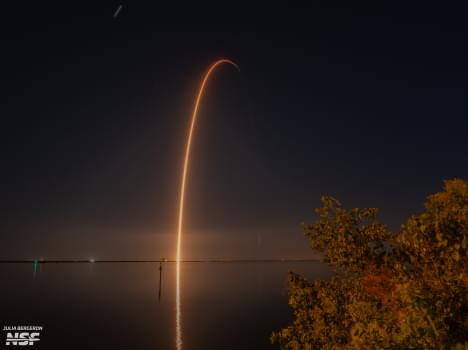
The week of Oct. 23 through Oct 30 is a big one for low-Earth orbit (LEO) with all but one flight headed to already existing constellations. This includes two Falcon 9 launches on opposite sides of the country, one Russian Soyuz 2.1b launch, and two different launches planned out of China, one involving humans.
Two Chinese launches start the week, with the first being a Chang Zheng 2D preparing for its flight from LC-3 at Xichang Satellite Launch Center. Then, a Chang Zheng 2F/G will launch out of LC-90 at the China Jiuquan Satellite Launch Center, before a Soyuz 2.1b launches out of Plesetsk Cosmodrome. Then the first Falcon 9 launches more Starlink satellites on the other side of the world out of SLC-4E at Vandenberg Spaceforce Base (VSFB). Then, on the other side of America, Falcon 9 Starlink launches out of SLC-40 at Cape Canaveral Space Force Station (CCSFS).
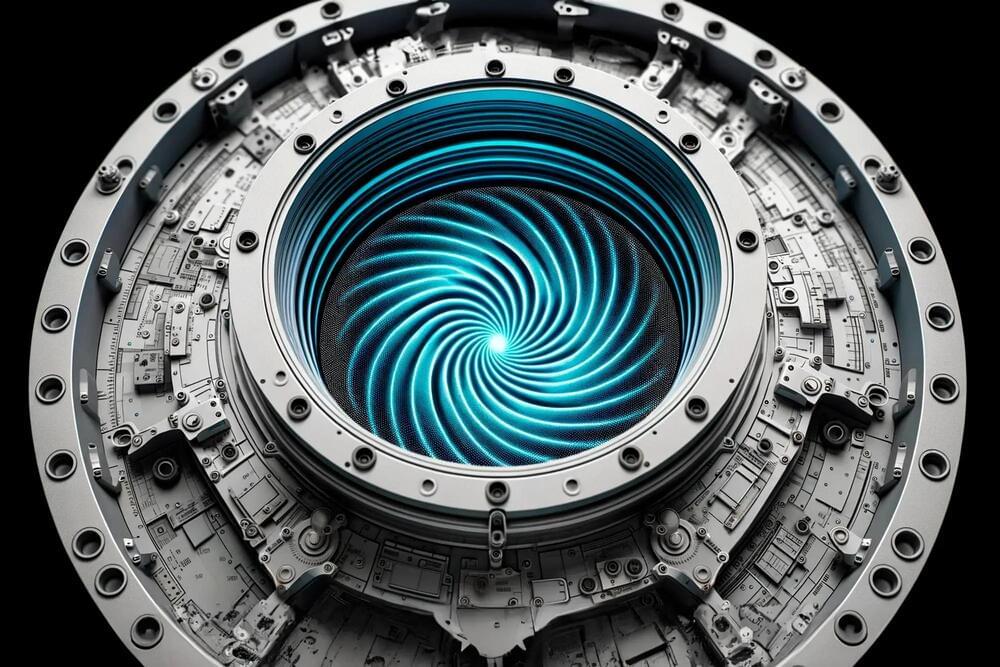
Researchers integrate terahertz vortex beam emission to advance radar target detection technology.
You may not realize it, but the Doppler effect is everywhere in our lives, from tracking the speed of cars with radar to locating satellites in the sky. It’s all about how waves change their frequency when a source (like a radar signal) and a detector are in motion relative to each other. However, traditional radar systems hit a roadblock when trying to detect objects moving at right angles to their radar signals. This limitation has driven researchers to explore an entirely new approach.
Introduction to Vortex Radar.